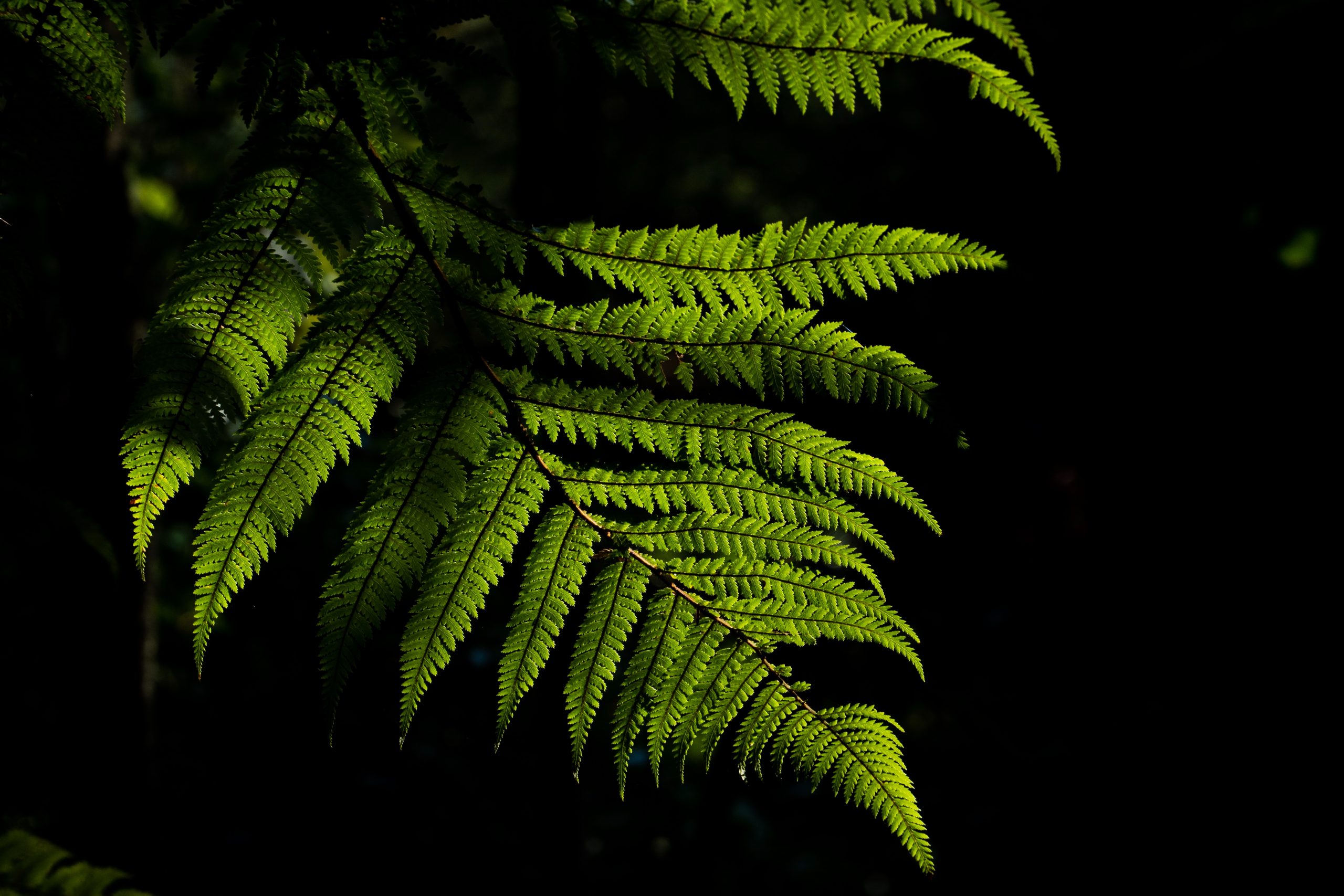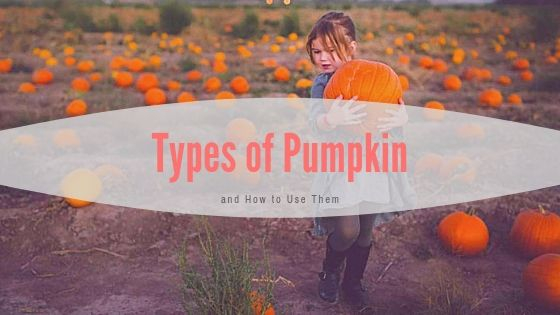Succulents are a very popular type of ornamental plant these days. This unique plant is often found on display in cafes, offices and rooms as indoor plants, especially mini succulents.
But! Did you know that there are at least 25 types of succulent plants, each of which has its own characteristics and uniqueness.
Succulent itself is a plant that is able to store water in various parts of its body such as roots, stems and leaves. So, succulents cover a fairly large group of plants.
Succulents are known for their easy care with a long life span making them perfect for beginners.
There are many types of succulent plants that can be placed in the corner of the room, living room, study table, office corner, and so on.
There are several cacti in the list of succulent plant types which we will present below. Remember! All cacti are succulent but not all succulents are cacti.
Well, here we describe 24 types of succulent plants complete with pictures and also explanations:
Table of Contents
List types of succulent plants indoor and outdoor
Aloe Vera
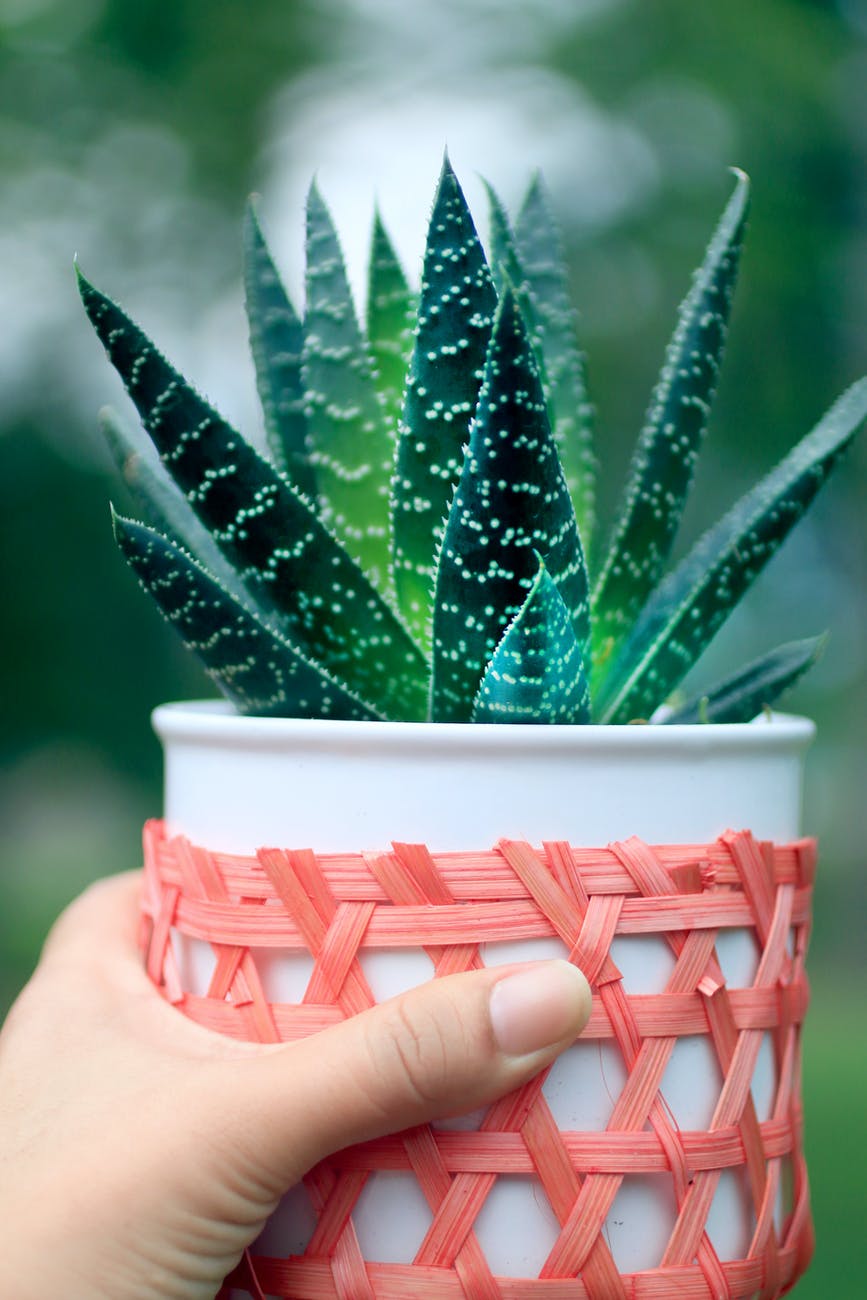
- Scientific name: Aloe
- Higher classification: Asphodeloideae
- Taxon rank: Genus
Aloe vera plant interesting facts: This type of succulent plant is famous for its properties in the world of beauty and health. Aloe vera plant gel can be applied to burns and can also relieve constipation.
Common Glasswort

- Scientific name: Salicornia europaea
- Higher classification: Salicornia
- Rank: Species
- Family: Amaranthaceae
Interesting facts about Common Glasswort plants: This cute green succulent has an attractive appearance that makes us want to eat it ? And indeed, this type of succulent can be consumed like any other vegetable, very delicious especially made as pickles.
Sweetheart Hoya
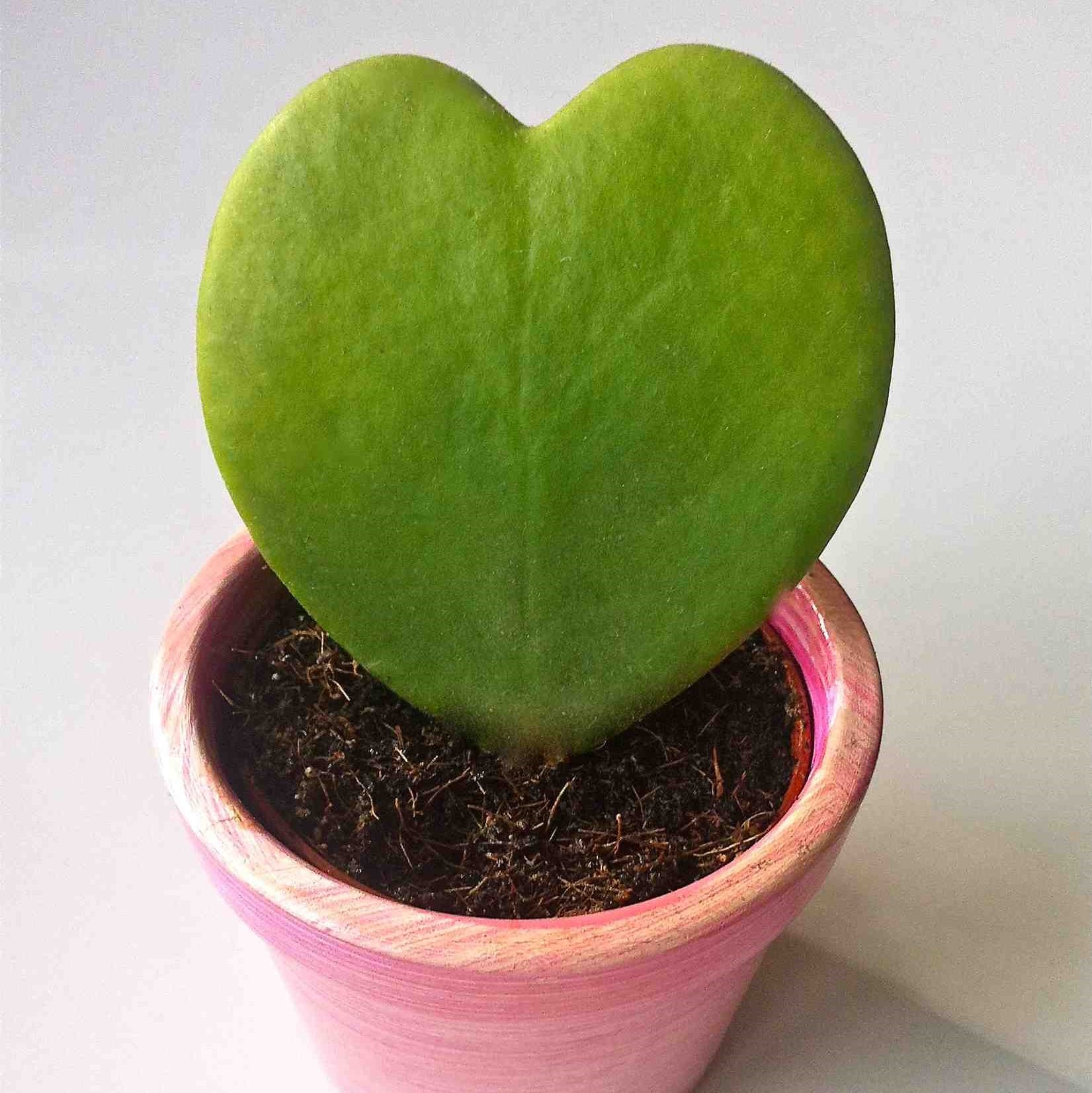
- Other names: Hoya Kerrii, Valentine Plant, Lucky-Heart
- Genus: Hoya
- Family: Apocynaceae (Dogbane)
Sweetheart Hoya plant facts: Would you believe that there are plants that have perfect heart-shaped leaves? Yup, these characteristics make Hoya a perfect gift to present on Valentine’s Day or birthday.
Agave Azul
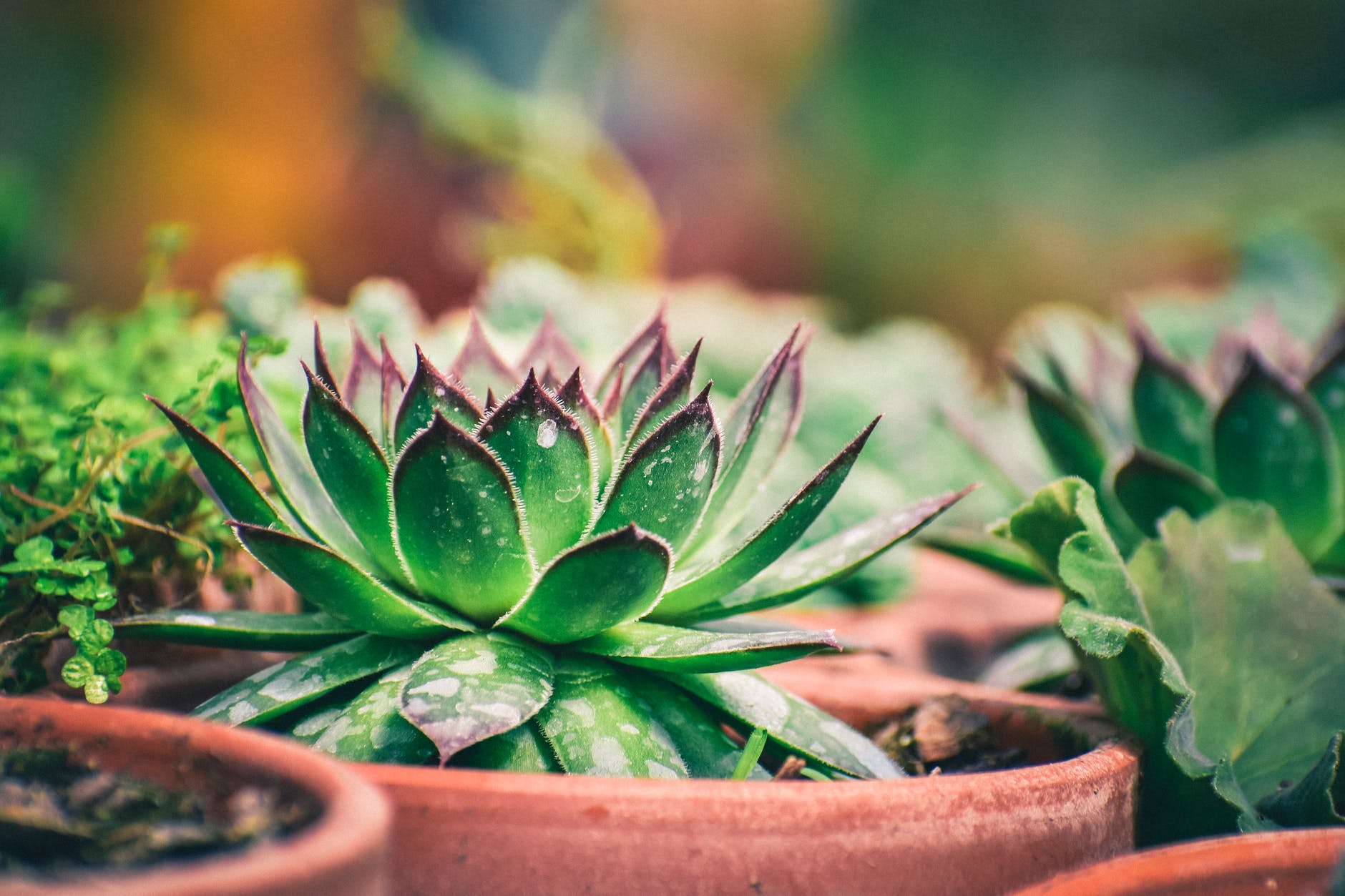
- Other names: Blue Agave, Agave Tequilana Weber Var. Azul.
- Genus: Agave
- Family: Asparagaceae
Interesting facts about the Agave Azul plant: As the name implies, Agave Tequilana, you might have guessed that this agave variety is the basic ingredient for making tequila.
Ponytail Palm

- Other names: Beaucarnea Recurvat
- Genus: Beaucarnea
- Family: Asparagaceae
Ponytail Palm plant interesting facts: It may look like a palm tree, but the Ponytail Palm is indeed a succulent plant. The distinctive features that stand out are the round stems and the leaves resembling hair.
Snake Plant
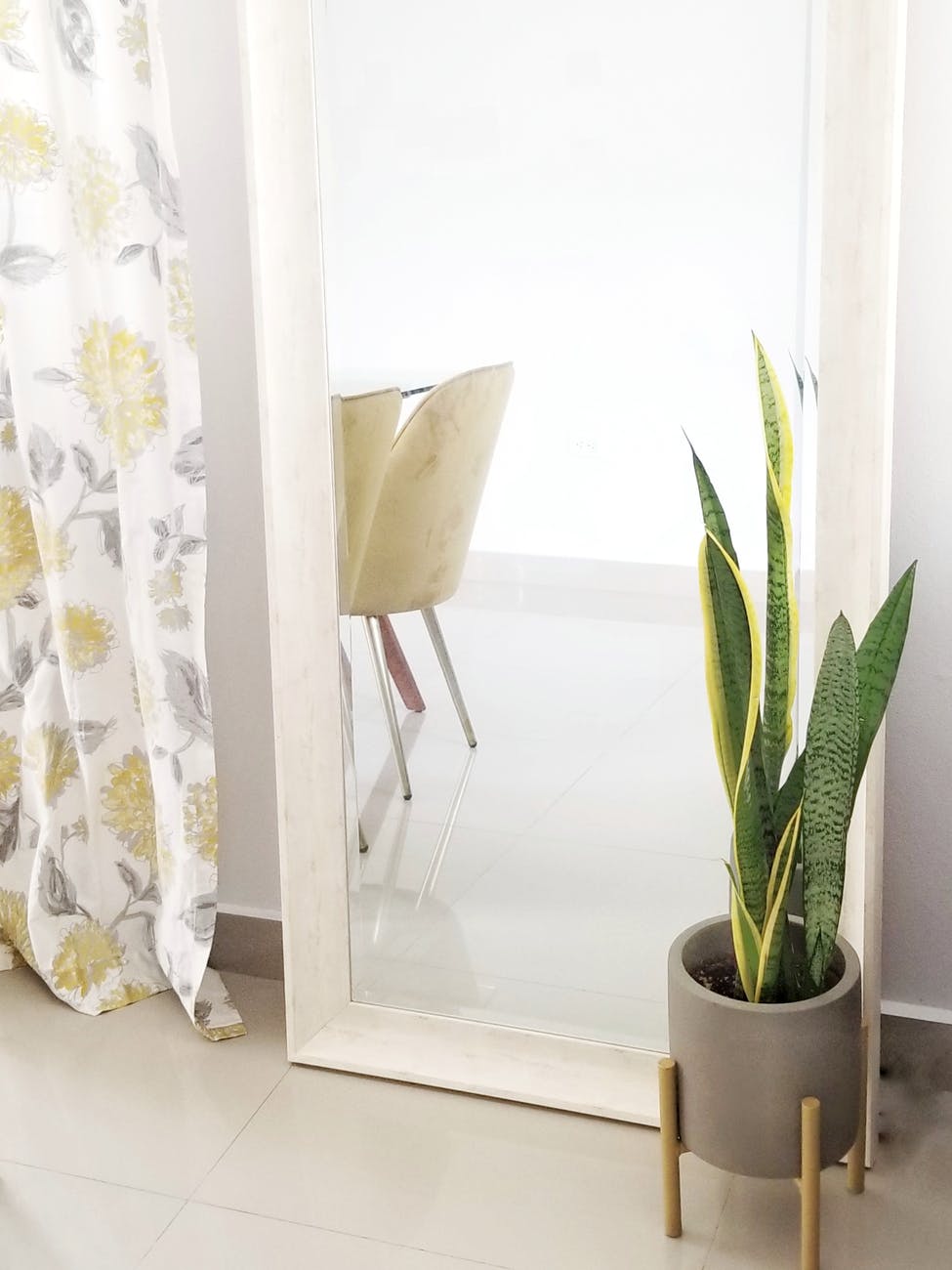
- Family: Asparagaceae
- Scientific name: Dracaena trifasciata
- Order: Asparagales
- Higher classification: Dracaena
- Kingdom: Plantae
- Rank: Species
Dracaena trifasciata is a species of flowering plant in the family Asparagaceae, native to tropical West Africa from Nigeria east to the Congo. It is most commonly known as the snake plant, Saint George’s sword, mother-in-law’s tongue, and viper’s bowstring hemp, among other names. Wikipedia
Woolly Senecio

- Other names: Cocoon Plant, Senecio Haworthii
- Genus: Senecio
- Family: Asteraceae (Daisy)
Woolly Senecio plant interesting fact: It is covered in white, fine hair. Senecio haworthii looks like “wool”, but you might not have guessed, this succulent also produces beautiful yellow blooms.
Christmas Cactus

- Other names: Thanksgiving Cactus, Easter Cactus, Schlumbergera x Buckleyi
- Genus: Schlumbergera
- Family: Cactaceae (Cactus)
Interesting facts about the Christmas Cactus plant: This plant which is classified as a cactus plant has flowers that resemble a crab shape.
Pincushion Cactus

- Type: Mammillaria Grahami
- Genus: Mammillaria (Pincushion Cactus)
- Family: Cactaceae (Cactus)
Pincushion cactus interesting facts: There are hundreds of varieties of Mammillaria, or pincushion cactus. In addition to its attractive shape, this cactus also produces flowers that resemble daisy flowers.
White Velvet
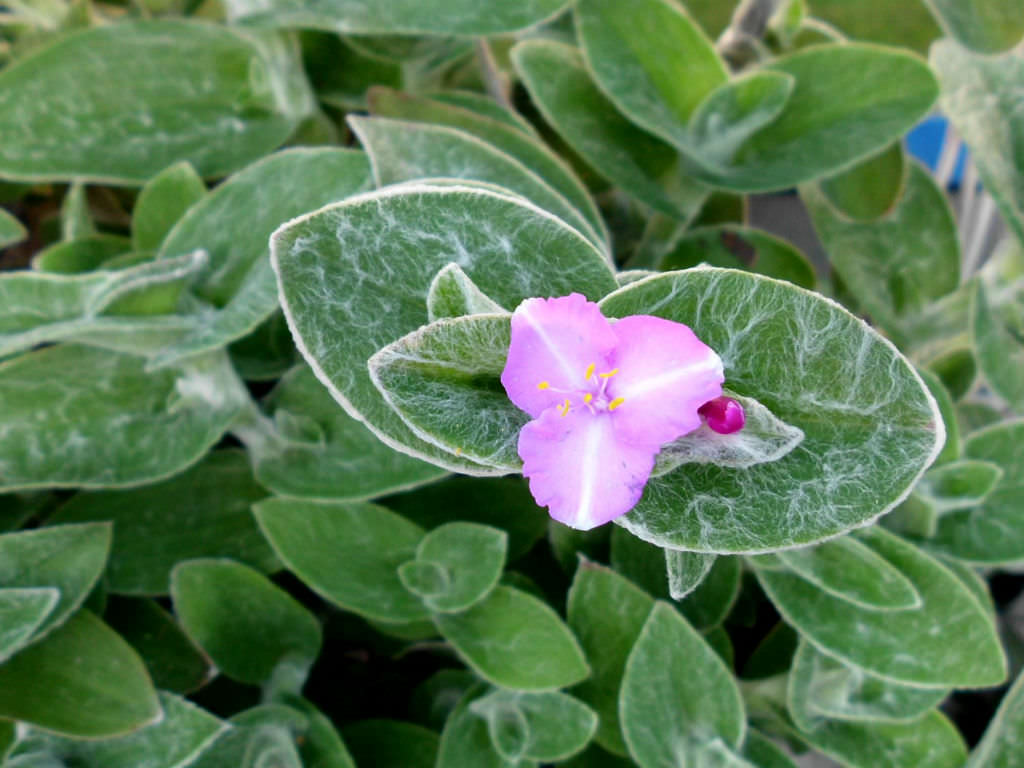
- Other names: Cobweb Spiderwort, Tradescantia Sillamontana
- Genus: Tradescantia
- Family: Commelinaceae
White Velvet Fun Facts: Is a member of the spiderwort family. This types of succulent plant looks very attractive because its leaves and stems are covered in silvery white hair resembling velvety.
Burro’s Tail

- Scientific name: Sedum morganianum
- Higher classification: Stonecrop
- Family: Crassulaceae
- Rank: Species
- Kingdom: Plantae
- Order: Saxifragales
Sedum morganianum, the donkey tail or burro’s tail, is a species of flowering plant in the family Crassulaceae, native to southern Mexico and Honduras. It is a succulent perennial producing trailing stems up to 60 cm long, with fleshy blue-green leaves and terminal pink to red flowers in summer.
Black Prince

- Plant Family: Echeveria
- Plant Type: Cactus – Succulents
- Water Needs: Low
Echeveria ‘Black Prince’ is an evergreen succulent forming striking rosettes, 3 in. across (7 cm), packed with fleshy, pointed, nearly black leaves which surround a glowing green center. In the fall and winter, it sends up leafy stems topped with remarkable clusters of bright scarlet-red flowers.
Hens and Chicks

- Other names: Jove’s Beard, Sempervivum Tectorum
- Genus: Sempervivum (Houseleeks)
- Family: Crassulaceae (Stonecrop)
Hens and chicks are members of the Sempervivum group of succulent plants. They are commonly called houseleeks and grow well indoors and out, in cool or hot temperatures.
Hens and chicks plants are so called because of the rosette shape and habit of the plant to produce numerous babies. A rockery or dry, nutrient challenged location is a good place for growing hens and chicks. An easy to care for garden scheme should include hens and chicks, sedum and sprawling rock cress.
Chalk Liveforever

- Other names: Chalk Lettuce, Dudleya Pulverulenta, Chalk Dudleya
- Genus: Dedleya (Live Forevers)
- Family: Crassulaceae (Stonecrop)
Chalk Liveforever interesting facts: This plant is called a liveforever chalk because it has a waxy, powdery coating that makes it difficult to injure (hard to die). They thrive on rocks and are resistant to drought and are very easy to care for.
Panda Plant
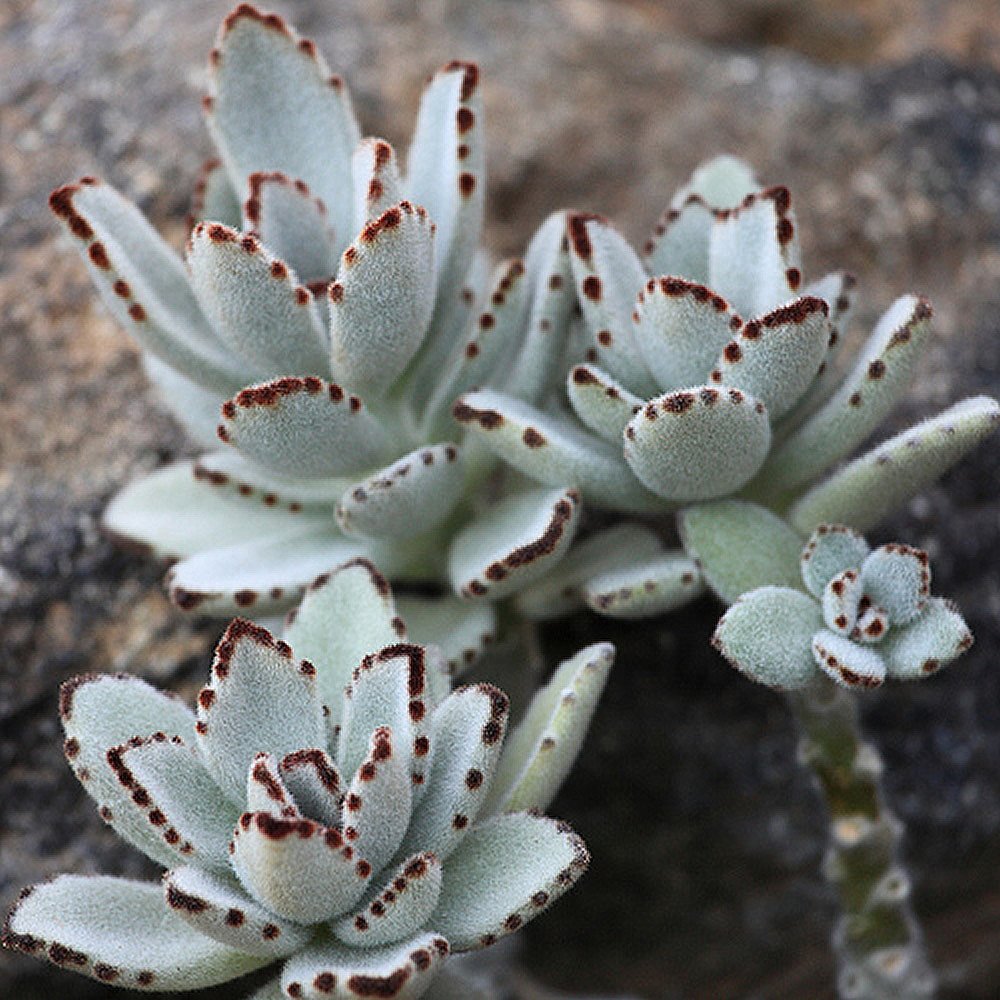
- Family: Crassulaceae
- Scientific name: Kalanchoe tomentosa
- Higher classification: Widow’s-thrill
- Rank: Species
- Kingdom: Plantae
- Order: Saxifragales
Kalanchoe tomentosa, also known as panda plant, pussy ears, chocolate soldier or cocoon plant is a types of succulent plant in the genus Kalanchoe. A native of Madagascar, it is a fairly popular houseplant on account of its small size, ease of care, and dark-red rimmed foliage. Wikipedia
Madagascar Ocotillo
- Other names: African Ocotillo, Alluaudia Procera
- Genus: Alluaudia
- Family: Didiereaceae
Madagascar Ocotillo plant interesting fact: To protect itself from herbivores, this tree-like species has symmetrical spines around its leaves. As the name implies, this kind of succulent plant originally came from Madagascar. And it is very suitable to be an outdoor succulent plant.
How to take care of succulent plants
The word “succulent” refers to any type of thick fleshy plant that can grow in dry conditions and in a variety of agricultural zones. On average, succulents are easy to care for and not many pest species attack them.
To keep it healthy, you have to know how to care for it in general and how to get rid of pests that can attack plants. You also need to know how to choose succulent plants according to the area where you live.
Caring Any Types of Succulents Plants in General
Buy a wide, sturdy pot
This choice of pot is important for all succulent varieties. Succulents have thick spreading roots and require a wide diameter for proper growth. If the plant grows large and heavy, choose a sturdy pot that won’t spill easily. Clay pots are a great option.
- Make sure the pot has drainage holes at the bottom or near the bottom. If you are using an old container, don’t choose a container made of glass or other material that cannot be filled with holes.
- Varieties whose roots are near the ground will thrive in shallow pots. While varieties that have a taproot and grow deep into the soil will need a deeper pot. For details, read the care instructions that are included when you buy the plant (usually on the label on the plastic box).
Fill the pot with ready-to-grow soil for your succulent plants
Purchase ready-to-grow soil for succulent plants at flower and gardening stores. Read the label to make sure the soil you buy contains equal parts compost, horticultural sand and gravel. Double check whether all the ingredients belong to the horticultural class.
Plant succulents in pots
Turn the original pot over and tap it gently to loosen the plant. Clean the soil carefully of the succulent roots using chopsticks or toothpicks. Then, put the plant in a new pot. Use ready-to-grow soil to cover the bottom of the succulent as in the original pot.
If the succulent grows bigger than its pot, just transfer it to a bigger pot. The new pot should be slightly larger than the old pot to give the plant room to grow.
Place the succulent in a bright place
If you live in a hot climate, place the plants in a place that gets 6-8 hours of indirect sunlight each day. In cooler climates, just 6 hours of sun exposure is sufficient for a succulent. For succulents that are placed indoors, choose windows that are exposed to full sun.
Don’t place the plant in a south-facing window if you live in a hot climate. However, if you live in a cooler climate, check to see if south-facing windows get too hot in the afternoon. Plants can get sunburnt if they are exposed to too much.
If you have a succulent type “-veria”, keep it out of direct sunlight to avoid burning the plant.
Watering at least once a week during the growing period
The frequency of watering depends on the succulent variety. Make sure the soil is moist enough at all times during the hot dry season months. Follow the care instructions for specific details of the variety you are keeping.
Do not water too much, as this will rot the succulent roots.
Water less during the rainy season
Do not place the succulents in a place that has been exposed to direct rain. Allow the soil to dry completely before watering again. Depending on the variety, the frequency of watering can be as little as two weeks or even once a month.
Some flowering succulent varieties require more water than non-flowering varieties. Read the care instructions for more details.
If you live in a subtropical area, bring the succulents indoors in the cold winters
You can reduce the effects of wintering by placing the plant indoors, on a warm window sill, and in the sun. Wait for the last frost to pass before putting the succulent outdoors again.
How to take care succulents from pests
Identify common pests
Mealybugs, aphids, and black grape beetle (vine beetle) are the most common pests that attack succulents. Check for mealybugs where the leaf attaches to the stalk. Check for aphids on leaves, stems, and florets. Look for any growth disturbances or weakness of the plant, which is evidence of black grape weevil or root mealybugs.
- White lice are usually 2 to 3 mm long and look like head lice. When they first attack, mealybugs will leave a white ball of fur on the plant. When crushed, mealybugs will leave a red stain.
- Aphids are about 60 mm in size. Its body is pear-shaped and can be black, green, yellow, pink, gray, or brown.
- The scaly insect (barnacle insect) is a small, gray insect. They look like a bunch of little pins.
Get rid of mealybugs, scale insects, and aphids with insecticidal soap
Mix a few drops of soap in warm water. If the infestation is severe, add a few drops of cooking oil to the mixture. Apply to the affected area with a cotton ball or spray bottle. You can purchase insecticidal soap at your local nursery or flower shop.
For root mealybugs, just remove the soil that is exposed to the lice. Replant succulents in new, clean soil.
Quarantine new plants
Pests can stick to plants that have just been purchased from a nursery or flower shop. If you already have other succulents at home, isolate the new ones for about two weeks. Check for pests and signs of disease every day.
After the succulents are planted in a permanent location, monitor for pest and disease problems at least once a week.
How to choose types of succulents plants that suit to your area
Buy a variety that suitable for the area in which you live
Succulents are available in a variety of varieties that can be grown in areas as cold as −34 ° C. If you live in an area with temperatures between −34 ° C and −12 ° C, plant sempervivum or a similar variety. For areas with a temperature of −12 ° C to −1 ° C, choose varieties that are more heat-resistant and dry. Before you buy, read the labels on the plants or consult an expert at your local florist or nursery.
Lots of succulent varieties can survive in tropical and subtropical areas. You can just visit the nearest flower shop or buy it on the internet.
Check soil drainage capability
Succulents need well drained soil. Do not put succulents on the bottom of the garden where water can become stagnant. If your garden soil remains soggy for a long time, find out how to improve drainage.
Buy local varieties of succulent whenever possible
You will benefit from this if you live in a dry climate. Locally native succulents already have built-in defenses against pests in your area. They will also attract beneficial local insects that can aid the growth and reproduction of other plant varieties in the garden.
Visit departmental agriculture websites, university websites, or local botanical groups for succulent help and information.
 Natgeos Green and Vibrant
Natgeos Green and Vibrant

